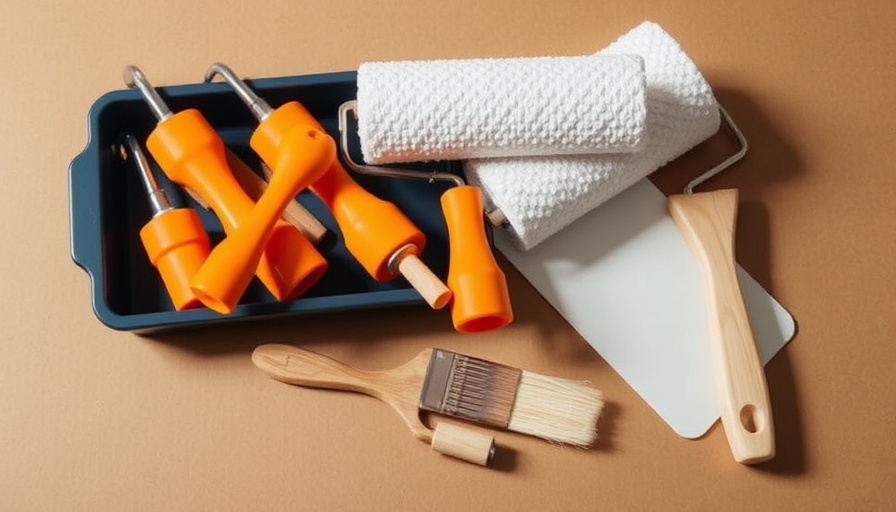
Beat the Heat: Affordable Ways to Keep Your Home Cool
As summers become increasingly sweltering, many homeowners are seeking effective strategies to combat the heat without enabling their air conditioning systems to run continuously. Experts emphasize that energy-efficient methods not only reduce cooling costs but also contribute to a healthier indoor environment.
Insulate and Air-Seal: The Foundation of Comfort
An important first step is to insulate and air-seal your home. According to Uri Pearl, a specialist in home insulation, enhancing insulation can lead to lower energy bills while maintaining comfort levels year-round. "Many methods to keep your house cooler in summer double as means to retain warmth during winter," Pearl notes. For homeowners feeling the extremes of seasonal changes, investing in weatherization projects is a wise decision. Insulation minimizes heat exchange through walls, windows, and the ceiling, making subsequent cooling strategies more effective.
Utilizing Fans: Nature’s Chill
Make ceiling fans your summer ally. Running them in a counterclockwise direction creates a refreshing breeze that can cool you down without relying heavily on air conditioning. Pearl also recommends utilizing bathroom and kitchen exhaust fans to expel hot air after cooking or showering. Additionally, a simple yet effective trick is placing box fans in windows to draw cooler evening air inside. “This method works surprisingly well,” he confirms.
Cooking Smart: Heat Management
Cooking indoors during the hottest parts of the day can dramatically increase your home's temperature. To mitigate this, aim to prepare meals during the evenings when it’s cooler. Opt for outdoor grilling, or reserve the use of your oven, range, and other heat-producing appliances for later hours. Additionally, hanging laundry out to dry can reduce humidity, contributing to a more pleasant indoor atmosphere.
Night-Flush Ventilation: Sleep Cool, Wake Fresh
Another effective tip is to open your windows at night, allowing for a cool cross-breeze to circulate through your house. This strategy, referred to as "night-flush ventilation," not only cools your home but can also improve sleep quality. Screens can help deter insects while still letting the fresh breeze in. If screens aren’t an option, use fans facing outward to repel bugs and maintain a bug-free environment.
Block the Sun: Curtains Are Your Friends
Blocking direct sunlight from entering your home is a crucial yet often overlooked consideration. Installing curtains or shades can dramatically reduce heat gain during the day. Opt for light-colored, reflective window treatments to deflect sunlight and keep your interiors cool, hence minimizing the need for air conditioning.
Future-Proofing Your Home: Prepare for Hotter Days Ahead
As the impact of rising temperatures takes hold, prioritizing strategies to cool your home sustainably is essential. These energy-saving tactics can not only save you money but also contribute significantly to your family’s comfort during the hottest parts of the year, letting you embrace the joys of summer without the financial stress.
Ultimately, effective home cooling involves a combination of smart planning, behavioral changes, and strategic upgrades. Following these expert tips can lead to a more enjoyable and cost-effective summer.
Interested in transforming your home into a comfortable and inviting sanctuary this summer? Explore more sustainable living tips and tricks to enhance your home’s atmosphere while being mindful of your budget!
 Add Row
Add Row  Add
Add 




Write A Comment